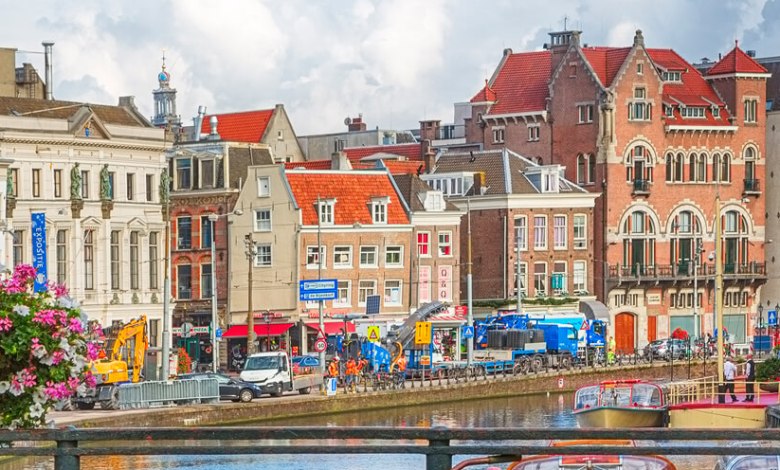Tourism in Belgium
Tourism in Belgium
General information about Belgium
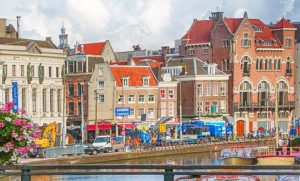
It is a country with a “federal monarchy” in Western Europe. It is a founding member of the European Union, and it hosts the headquarters of the European Union, as well as many other major international organizations such as the North Atlantic Treaty Organization.
On both sides of the cultural border between Germanic Europe and Latin, Belgium has two main languages: Dutch speakers (about 59%), most of them Flemish, and French speakers (about 41%), most of them Walloons, in addition to a small group of German speakers.
Culture and history in Belgium
Historically, Belgium, the Netherlands and Luxembourg were known as the Low Countries, which used to cover a somewhat larger area than the current Benelux group of states. Historically, Belgium was called “Latin Belgium” due to the accession of Belgium to one of the Roman provinces. From the end of the Middle Ages until the 17th century, it was a thriving center of commerce and culture. From the 16th century until the Belgian Revolution in 1830, when Belgium seceded from the Netherlands, and many battles took place between European powers on Belgian soil, which led to it being called the “battlefield in Europe”, a reputation strengthened by both world wars.
Belgium’s climate is temperate and belongs to the style of Western Europe, which is moderate marine in general, the winters are cold and the summers are moderate.

Despite its political and linguistic divisions, the region opposite Belgium today has seen the flourishing of major artistic movements that had a tremendous impact on European art and culture. Nowadays, to some extent, cultural life is concentrated within each language community, and a variety of barriers have made the common cultural sphere less clear.
Since 1970, there are no bilingual universities or colleges in the country with the exception of the Royal Military Academy and Antwerp Maritime Academy, neither the joint media nor one large cultural or scientific institution in which each of the major denominations is represented.

Tourist areas in Belgium
Mons
The capital of the province of Limburg, Mons is best known for its magical and surprising ringing tones with the town’s glorious bell tower bells, which we salute from 80 meters (270 feet) into the tower. The winding streets allow visitors to easily cross the city’s sites, which are a rich mixture of architectural styles. The Gothic style of Mons is striking, with the Collegiate Church of St. Waudru boasting a very impressive 16th century collection with alabaster statues.
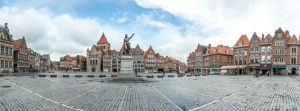
Dinant
This city is located along the Meuse River, 65 kilometers (40 miles) from the southern capital. The Han Caves and Dinant Cave are natural attractions that bring visitors to them. These caves are among the largest and most beautiful places located within the wildlife reserve, which is teeming in Europe with indigenous plants and animals.
Tournai
Tournai is adjacent to France, and an excellent place to get away from the hustle and bustle of Belgium’s largest city. There are more than 2000 years of rich cultural history that can be explored in the city, and this city is one of the most beautiful home of churches in the world – the Gothic and Roman Cathedral of Notre Dame. Constructed in the 12th and 13th centuries.
Arden
You can enjoy hiking, cycling and camping, and visitors head to Belgium to go to the rugged hills in the Ardennes, with forests, caves and cliffs. The Ardennes is also famous for being home to deer and lynx, many castles and a number of other notable attractions.
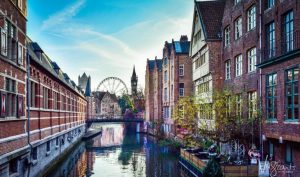
She sang
Ghent is the city of history. During the Middle Ages, it was one of the richest and most powerful cities in Europe. It is the second largest city in the northern Alps, after Paris. The traces of this rich past can be clearly seen when looking at the architecture of the churches, homes of wealthy merchants, the great cathedrals of the Middle Ages and Gravensteen Castle.
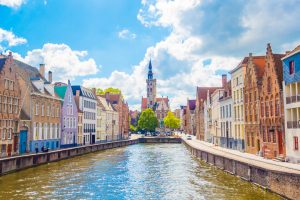
Bruges
It’s easy to get past Bruges and is home to glorious medieval architecture, especially on the south side of the city’s main axis, the Grote Market Square. Escort is on the west side, and visitors can also enjoy a Neo-Gothic style amidst the courthouse.
